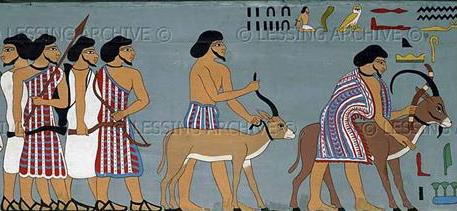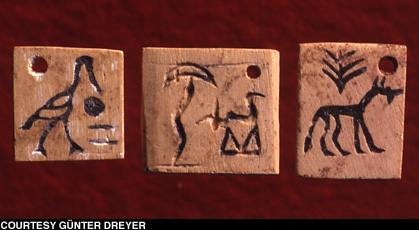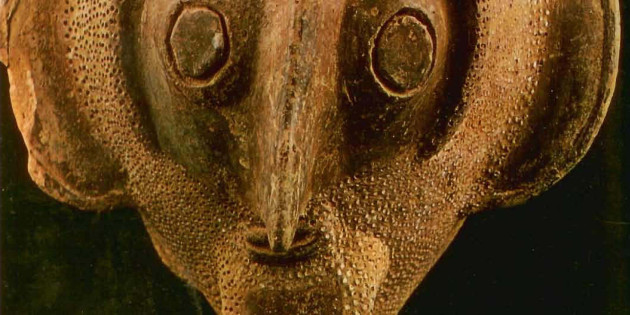Home » Bible and Beyond » What Abraham Jacob and Joseph Might Have Known
What Abraham Jacob and Joseph Might Have Known
The Seven Tablets of Creation, also called Enuma Elish, have long been considered by scholars to be primary source material for the book of Genesis. British Museum Mackenzie, Donald A. Myths of Babylonia and Assyria. See also- Sacred Texts.com- The Seven Tablets of Creation by Leonard William King, 1902
“An eye for an eye and a tooth for a tooth.” Code of Hammurabi. The Louvre. Code of Hammurabi Detail The Code of Hammurabi treats only a small portion of the legal material; it is a collection of reform laws that were probably appended to long-established legal cases. In this respect, none of the legal […]
Found in a tomb of the 17th Dynasty in Deir el-Bahari by Carnavon. King Kamosis narrates his fight against the Hyksos- “I should like to know what serves this strength of mine, when a chieftain in Avaris, and another in Cush, and I sit united with an Asiatic and a Nubian, each in possession of […]
Semitic Tribe Entering Egypt, Beni Hasan, Close-Up Much of what we know about life in Egypt in the second millennium BCE provides a plausible context for the Egyptian sojourn. A famous painting on a tomb wall at Beni Hasan in middle Egypt portrays Asiatic traders in a donkey caravan coming down to Egypt with their […]
VAT 9414 Fragment of a clay tablet with an astronomical text and drawings of stars. Staatliche Museum, Berlin
Based on regular sightings made in the 19th and 18th centuries BCE in the city of Kish, this clay cuneiform tablet is a record of the rising and setting of Venus, the so-called Star of Ishtar. These and other astronomical observations were used to predict the future and, as markers of time, are accurate enough […]
See also: The Code of Hammurabi, c. 1760 BCE
Abydos Tablets In 1989, Gunter Dreyer discovered in a tomb at Abydos “ivory”—or bone—tablets that reveal an early stage of the hieroglyphic system around 3,400 to 3,300 BCE. “Earliest Egyptian Glyphs,” Archaeology, March/April 1999.
A vase in the shape of a man’s head found during Garstang’s excavations in Jericho and ascribed to a people called the Hyksos, which conquered Palestine and Egypt in the 18th century BCE. Landay, Jerry M., Silent Cities Sacred Stones; Archaeological discovery in Israel. New York- MCall Publishing Company, 1971. Something incredible and frightful befell […]
The practice of circumcision was widespread in antiquity, but its origin and purpose remain uncertain. Bas-reliefs from Egypt, dating from the third millennium, attest to the practice among the Egyptians. In biblical times, West Semitic peoples, comprising Israelites, Ammonites, Moabites, and Edomites, were circumcised, but not the East Semitic peoples of Mesopotamia, such as the […]










